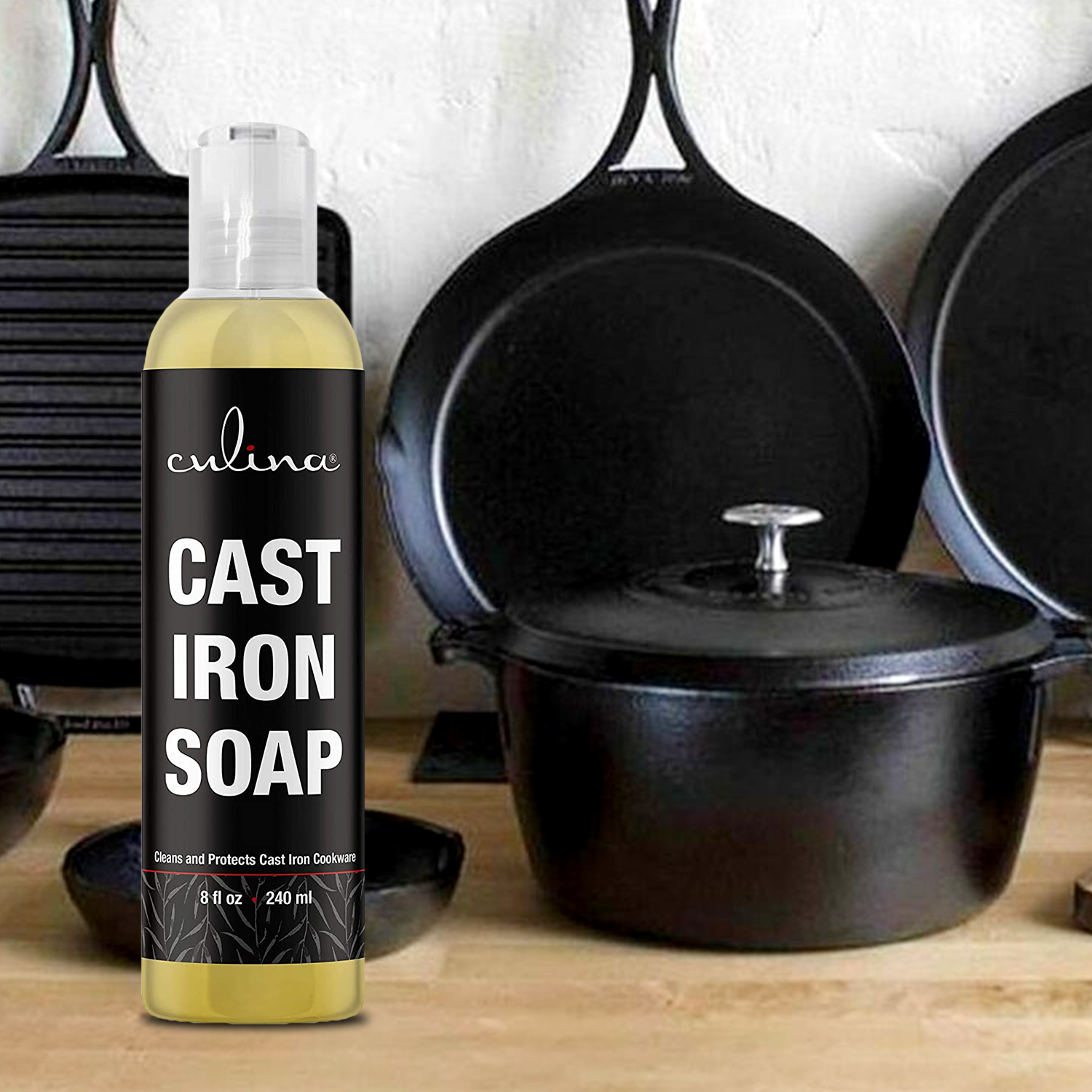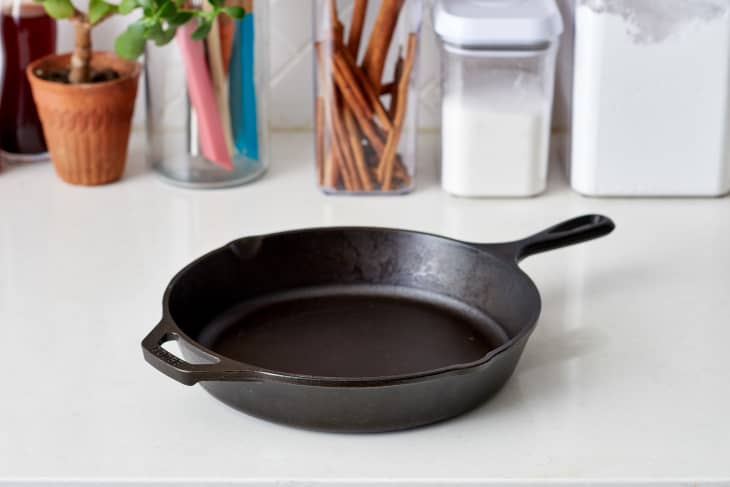The culinary world offers a tremendous array of tools and techniques. A common debate among kitchen professionals revolves around ‘skillet vs omelette’. Each has its own set of advantages, methods, and outcomes. Understanding the nuances between the two can elevate your cooking game immensely.

What Defines a Skillet?
A skillet is a versatile kitchen tool often used for frying, searing, and browning foods. It typically has a flat bottom and slightly curved sides. Skillets come in various materials, including cast iron, stainless steel, and non-stick coatings.

Types of Skillets
Cast Iron Skillets
Known for their excellent heat retention, cast iron skillets are perfect for high-temperature cooking. They require proper seasoning to maintain their non-stick surface. Season a Cast Iron.
Stainless Steel Skillets
These skillets are durable and resistant to scratching. They are ideal for browning food and creating a fonda layer of browned bits on the pan’s surface that enhances flavor.
Non-Stick Skillets
With a coating that prevents food from sticking, these skillets make cooking and cleanup easier. However, they are not suitable for high-heat cooking.

What is an Omelette Pan?
An omelette pan is designed specifically for making omelettes. It has sloped sides and a non-stick surface, allowing the omelette to slide out easily without breaking.
Types of Omelettes
French Omelette
A classic omelette that is soft and slightly runny in the center. It requires precise technique and timing.
American Omelette
This style is fully cooked and often folded around various fillings like cheese, vegetables, and meats.
Techniques for Using Skillets
Searing
High-heat cooking method used to create a flavorful crust on meats.
Deglazing
The process of adding liquid to a hot pan to lift the brown bits from the bottom, creating a flavorful sauce.
Techniques for Making Omelettes
Prepping Ingredients
Chop and prepare all ingredients before starting to cook to ensure a smooth process.
Cooking the Omelette
Pour the beaten eggs into the heated pan and gently stir with a spatula until it begins to set. Add fillings and fold carefully.
The Science Behind Cooking
Heat Transfer
Understanding how different materials conduct heat can significantly impact cooking results. Cast iron retains heat well, whereas stainless steel offers more controlled heat.
Maillard Reaction
This chemical reaction between amino acids and reducing sugars gives browned foods their distinct flavor.
Common Mistakes and How to Avoid Them
Overcrowding the Pan
Adding too much food at once can lower the pan’s temperature, resulting in soggy food instead of a crisp finish.
Incorrect Heat Levels
Using the wrong heat setting can either burn the food or leave it undercooked.
Health Considerations
Both skillets and omelette pans can be used to prepare healthy meals. Use less oil with non-stick pans and opt for lean proteins and fresh vegetables.
Cleaning and Maintenance
Cleaning Cast Iron
Never use soap on cast iron. Instead, scrub with a brush and hot water. Clean Cast Iron.
Cleaning Non-Stick
Avoid abrasive materials that can damage the non-stick coating. Use warm soapy water and a soft sponge.
Recipes to Try
Skillet Chicken
A delicious and easy-to-make recipe that utilizes the benefits of skillet cooking. Grill Chicken.
Classic Omelette
A simple yet delightful dish that every kitchen professional should master.
Tools and Accessories
Spatulas
Using the right spatula can make flipping and folding easier, particularly with omelettes.
Thermometers
Ensuring the correct cooking temperature can significantly improve your dishes.
Why Choose One Over the Other?
Versatility
Skillets offer more cooking methods compared to omelette pans.
Specialization
If you love making omelettes, an omelette pan is designed for that specific use.
Conclusion
Whether you prefer a skillet or an omelette pan, understanding their unique features and techniques can lead to tremendous culinary success.
FAQs
1. Can I use a skillet to make omelettes?
Yes, but it may be more challenging to achieve the same results as with an omelette pan.
2. What is the best material for a skillet?
It depends on your cooking needs. Cast iron is excellent for heat retention, while stainless steel offers more control.
3. How do I clean a non-stick skillet?
Use warm soapy water and a soft sponge. Avoid abrasive materials that can damage the coating.
As an Amazon Associate, I earn from qualifying purchases.
